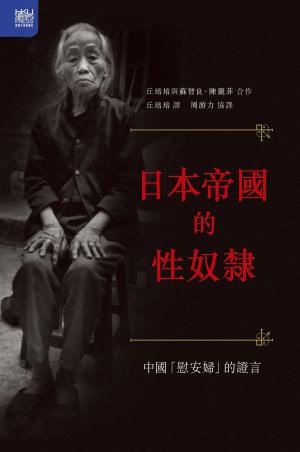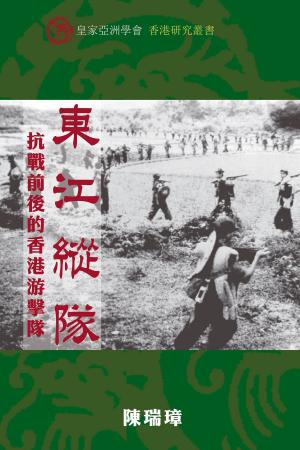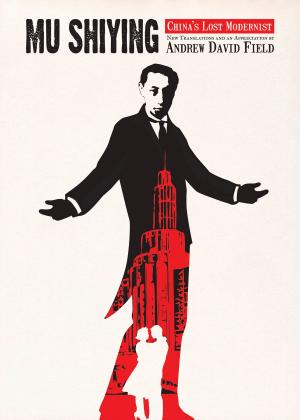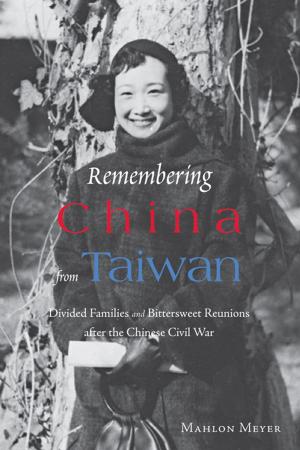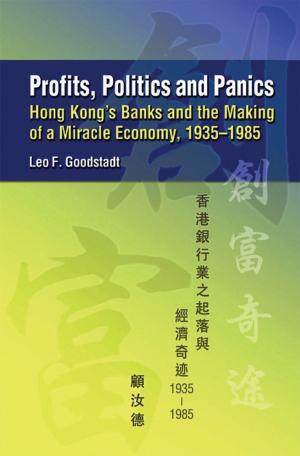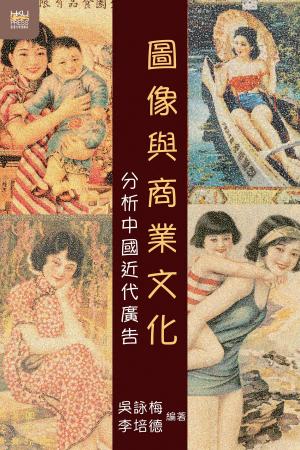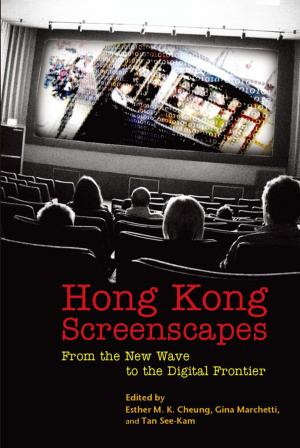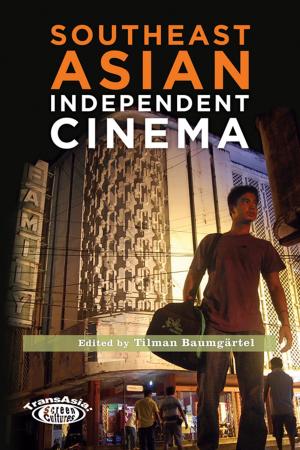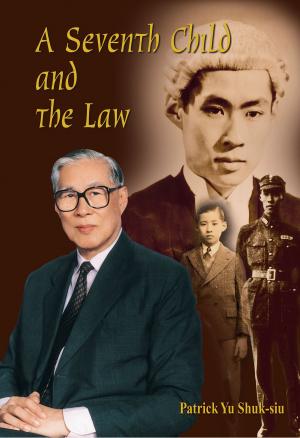| Author: | Hong Kong University Press | ISBN: | 9789888268719 |
| Publisher: | Hong Kong University Press | Publication: | December 15, 2009 |
| Imprint: | Language: | English |
| Author: | Hong Kong University Press |
| ISBN: | 9789888268719 |
| Publisher: | Hong Kong University Press |
| Publication: | December 15, 2009 |
| Imprint: | |
| Language: | English |
The era between empire and communism is routinely portrayed as a catastrophic interlude in China’s modern history, but this engagingly written book shows instead that the first half of the twentieth century witnessed a qualitatively unprecedented trend towards openness. Frank Dikötter argues that the years from 1900 to 1949 were characterised at all levels of society by engagement with the world, and that the pursuit of openness was particularly evident in four areas: in governance and the advance of the rule of law and of newly acquired liberties; in freedom of movement in and out of the country; in open minds thriving on ideas from the humanities and sciences; and in open markets and sustained growth in the economy. Freedom of association, freedom to travel, freedom of religion, freedom to trade and relative freedom of speech wrought profound changes in the texture of everyday life. While globalisation itself was a vector of cultural diversification, pre-existing constellations of ideas, practices and institutions did not simply vanish on contact with the rest of the world, but on the contrary expanded even further, just as much as local industries diversified thanks to their inclusion into a much larger global market. Arguably the country was at its most diverse in its entire history on the eve of World War II in terms of politics, society, culture and the economy. Accessible to general readers, while providing an integration of ideas that will be valuable for specialists, this book presents a fresh way of approaching the history of modern China.
The era between empire and communism is routinely portrayed as a catastrophic interlude in China’s modern history, but this engagingly written book shows instead that the first half of the twentieth century witnessed a qualitatively unprecedented trend towards openness. Frank Dikötter argues that the years from 1900 to 1949 were characterised at all levels of society by engagement with the world, and that the pursuit of openness was particularly evident in four areas: in governance and the advance of the rule of law and of newly acquired liberties; in freedom of movement in and out of the country; in open minds thriving on ideas from the humanities and sciences; and in open markets and sustained growth in the economy. Freedom of association, freedom to travel, freedom of religion, freedom to trade and relative freedom of speech wrought profound changes in the texture of everyday life. While globalisation itself was a vector of cultural diversification, pre-existing constellations of ideas, practices and institutions did not simply vanish on contact with the rest of the world, but on the contrary expanded even further, just as much as local industries diversified thanks to their inclusion into a much larger global market. Arguably the country was at its most diverse in its entire history on the eve of World War II in terms of politics, society, culture and the economy. Accessible to general readers, while providing an integration of ideas that will be valuable for specialists, this book presents a fresh way of approaching the history of modern China.




